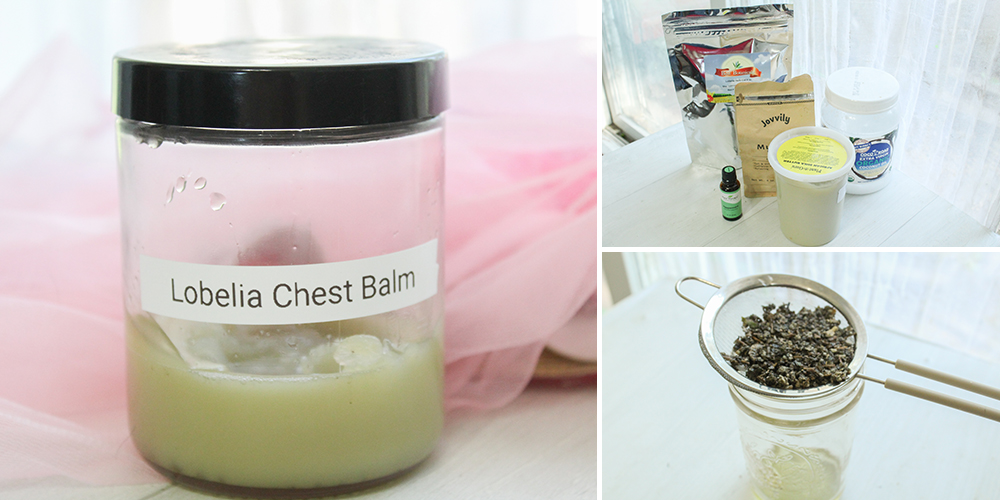
The “Illegal” Plant That Repairs Your Lung Tissue
For centuries, herbalists have turned to traditional remedies like mullein and eucalyptus for respiratory support, but one lesser-known remedy has quietly gained recognition. Lobelia is often referred to as an illegal plant, but it has a long history of use in Ayurvedic medicine.
This hidden herb can clear mucus, relax airways, and relieve symptoms as well as toxic vapor rubs can. In this post, we’ll uncover the remarkable properties of lobelia and discover more about the ‘illegal’ plant that repairs your lung tissue. We’ll learn why it’s so controversial, give you safety tips, and even equip you with a recipe for a potent DIY chest rub.
If you’re ready to take a walk on the wild side, let’s get started!
Why is Lobelia So Controversial?
Lobelia has been used to treat respiratory issues and has deep roots in Native American culture. However, its potency and lack of research have led to a lot of controversy, particularly in countries like the US.
Lobelia contains lobeline, which interacts with your body in a similar way to nicotine. In low doses, like our Lobelia Chest Balm, lobelia stimulates the respiratory system. However, in high doses it can lead to nausea and dizziness.
Because of these effects, lobelia is banned in many over-the-counter medications, including those that help people break nicotine addictions. The FDA flagged lobelia in 1993 due to limited research that suggests it may not do what ancient medicine claims it can.
Lobelia was also once used to induce vomiting, which earned it a reputation as a potentially dangerous herb. However, like many other herbs, when used responsibly, lobelia can act as a gentle remedy that relieves respiratory tension.
I’ll be honest… lobelia isn’t the only plant people get wrong.
Over the years, I’ve seen folks make herbal cough syrups that triggered nausea… teas that made their heart race… and balms that irritated the skin.
And it’s not because herbs don’t work.
It’s because using powerful plants without clear instructions is a recipe for mistakes.
If you’re like me and want something you can reach for without second-guessing doses… or worrying about making yourself nauseous… here’s what I use:
A tincture made from Lungwort and Mullein—two of the gentlest, most effective herbs when it comes to clearing mucus and calming your lungs.
✅ Helps break up stubborn mucus
✅ Supports easier, deeper breathing
✅ Soothes throat and lung irritation
✅ Works year-round—whether it’s cold season, allergy season, or just one of those bad air quality days
No boiling leaves… no DIY measuring… just a few drops when you need it.
👉 Click here to see how this tincture works
How to Use Lobelia Safely
It’s clear that lobelia, like any other herb, should be used responsibly. I encourage you not to let these warnings discourage you from utilizing this amazing plant. Instead, take these tips to heart on how to use lobelia safely and effectively.
Topical Use: Topical application is the safest way to use lobelia. Apply externally, alongside other soothing herbs like mullein or chamomile, to ease coughs without the risk of side effects. Remember that even in external applications, less is more, and always stick to the quantity listed in the recipe.
Tinctures: Trusted herbalists will often use lobelia tinctures in low doses. This can be a safe and effective way to get it into your system. However, this is not recommended unless you’re being guided by a certified professional.
Infused Oils/Salves: Our Lobelia Chest Balm is one of the safest ways to use this controversial herb. When suspended in a carrier oil, lobelia can gently surge through your body, giving you relief without overpowering your system.
The bottom line is that lobelia isn’t a casual herb, but can be an effective one when used safely. Start low, go slow, and when in doubt, consult a naturopath or herbalist.
You’d be surprised how easy it is to mess up when making herbal remedies at home.
A little too much lobelia… or heating your oils at the wrong temperature… and suddenly, what was meant to soothe your lungs turns into something that irritates your skin or upsets your stomach.
And it’s not just with lobelia.
Every DIY remedy—from chest rubs to syrups, tinctures, and even foot soaks—comes with its own set of risks if you don’t follow clear instructions.
That’s exactly why I always keep The Forgotten Home Apothecary nearby whenever I’m crafting something new.
This book isn’t just a random collection of recipes.
This isn’t just another recipe book—it’s a complete DIY herbal blueprint. You’ll get exact quantities, safety warnings, and step-by-step instructions for over 250 remedies… plus clear guidance on which herbs to use, how much, and how to avoid the dangerous mistakes most people make when trying herbal remedies at home.
👉 Click here to grab your copy of The Forgotten Home Apothecary
Because experimenting is fun…
But guessing with your health? Not so much.
How to Make Lobelia Chest Balm
Making an herbal chest balm with lobelia is a safe way to introduce your body to this potent herb. This balm brings together tried-and-tested ingredients to soothe inflammation and promote easy breathing.
Unlike commercial vapor rubs, this Lobelia Chest Balm includes no petroleum, synthetic fragrances, or artificial vapors. The blend uses clean ingredients that work with your body, not against it. Lobelia and mullein provide a powerful base, eucalyptus and peppermint essential oils give the invigoration your body needs to take a deep exhale.
Soft carrier oils and luxurious shea butter give this balm a great texture without the use of toxins. Let’s dive into how easy it is to create this must-have remedy.
Ingredients:
- ¼ cup coconut oil
- 1½ tablespoons lobelia
- 1½ tablespoons mullein
- 2 tablespoons shea butter
- 5 drops eucalyptus essential oil
- 5 drops peppermint essential oil
- 5 drops ginger essential oil (optional)

Step One: Place the coconut oil, lobelia, and mullein in a double boiler set in a pan filled with 1-2 inches of water. Gently warm over low heat and let infuse for 30 minutes-1 hour, never letting the mixture boil.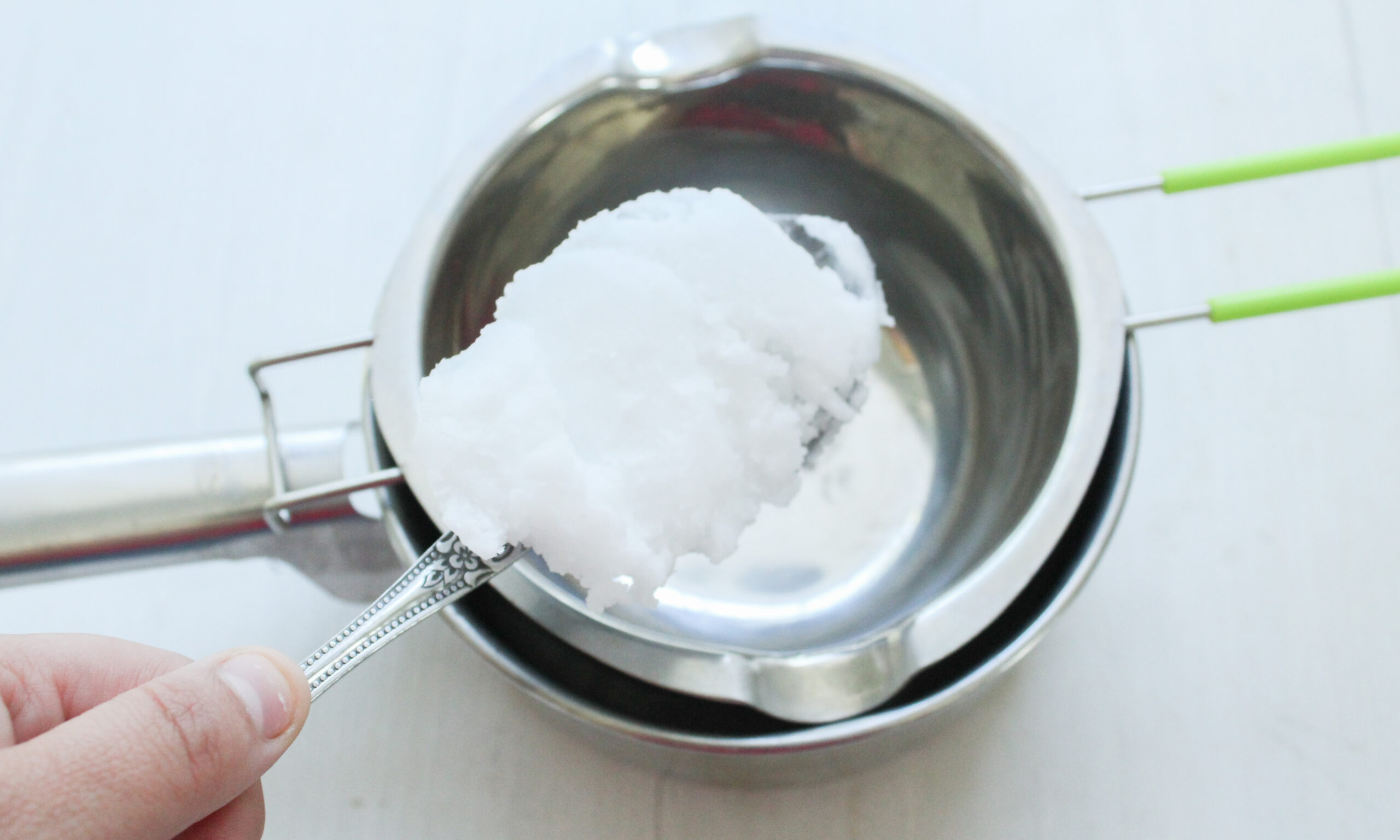
Step Two: Remove from heat and strain the herbs. Place the infused oil back in the double boiler and add the shea butter. Warm gently until melted.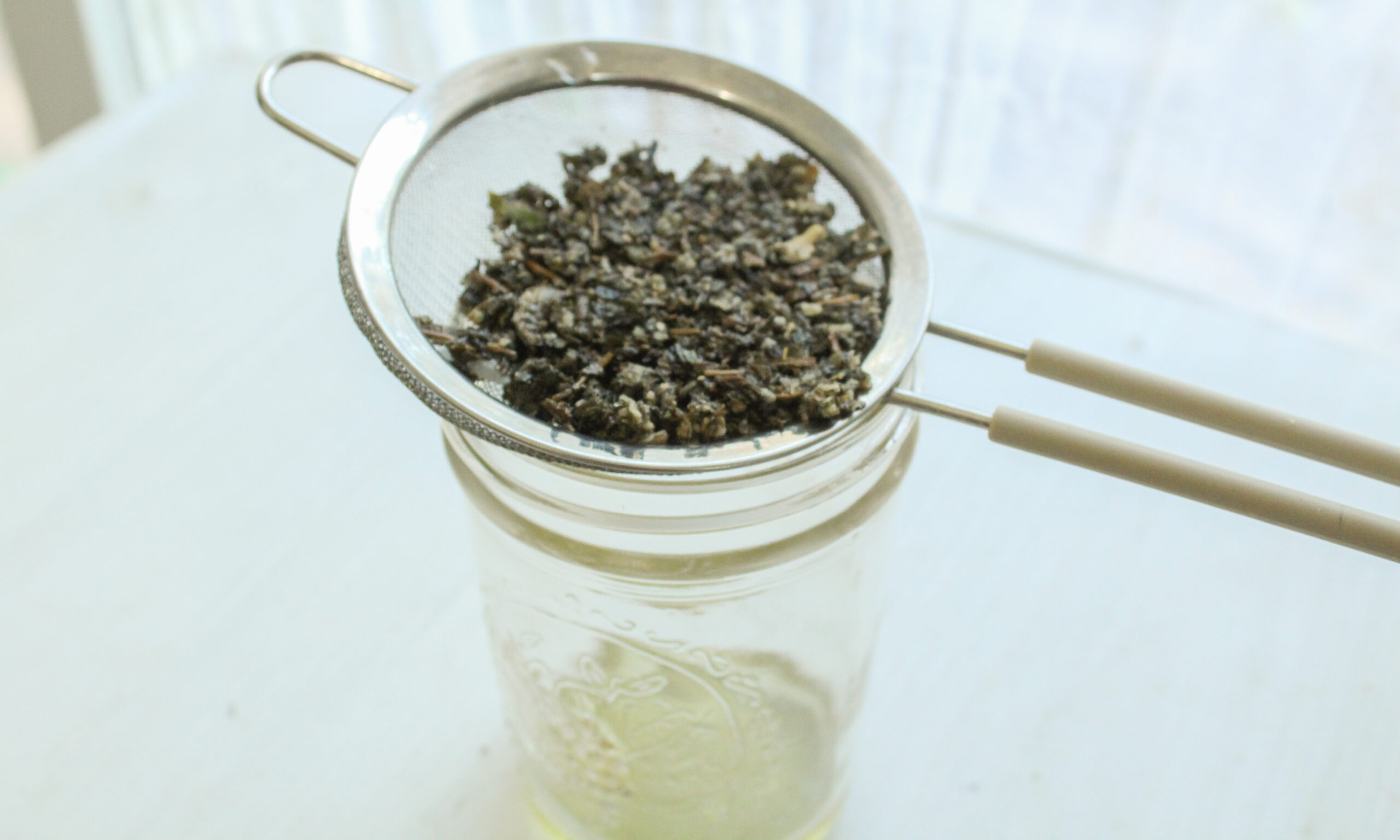
Step Three: Stir in the essential oils of your choice and pour into your chosen container or containers. Let cool before using. You can place the Lobelia balm in the freezer to speed up the process.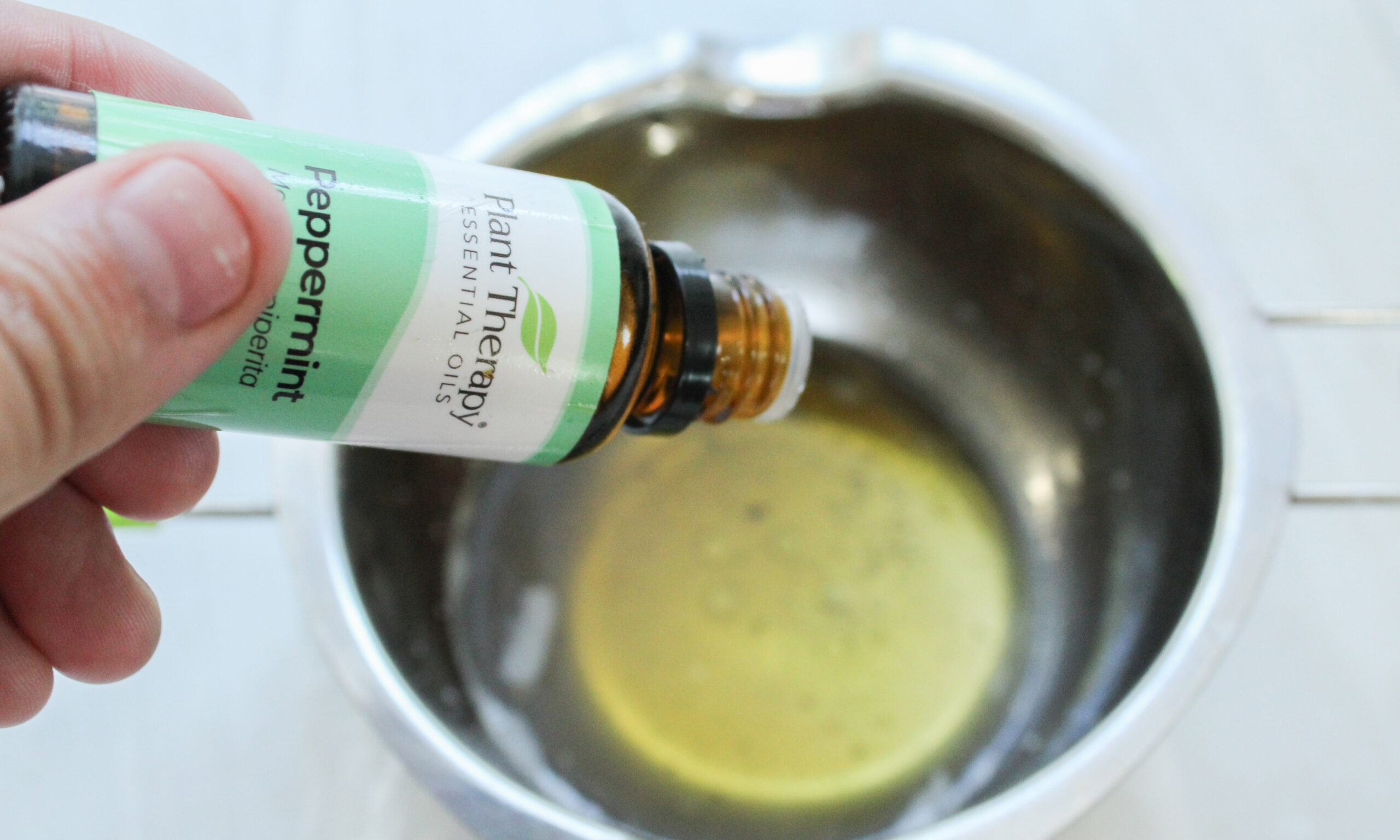
Note that you can also use olive oil instead of coconut oil and if you want a firmer balm, add kokum butter or 1-2 tablespoons of beeswax instead of shea butter.
How to Use This Remedy
To use this Lobelia Balm, apply a small dot to the chest, upper back area, or feet, and rub it in using circular motions. Use 1-2 times daily, ideally before bed or after a warm shower when pores are open.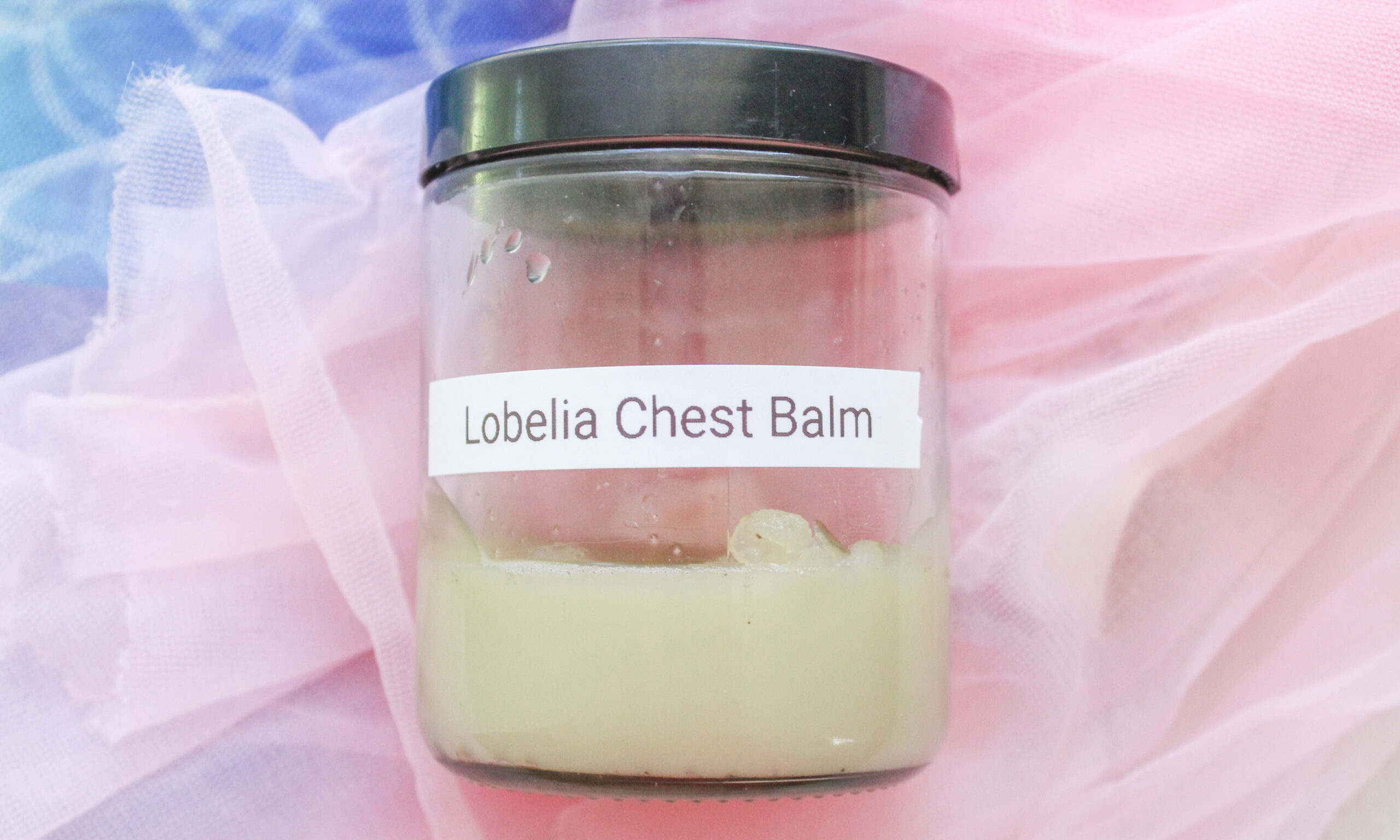
This balm is generally safe for adults and kids over 6 with seasonal or temporary respiratory issues. It’s also helpful during cold recovery or for those wanting a natural alternative to conventional chest rubs. For kids under 6, consult a healthcare provider and avoid applying near the face due to the peppermint oil and lobelia sensitivity.
Pregnant and nursing women should avoid this remedy, as lobelia can cause contractions and affect milk supply. Lobelia can raise blood pressure, so those with heart issues should avoid it.
How to Store This Remedy:
Keep your balm in a tightly sealed container away from sunlight and heat. It may soften or harden with temperature changes—store in the fridge if you prefer a firmer texture. When stored properly, it will stay good for 6–12 months. Discard if you notice mold, discoloration, or any rancid smells.
🌿 When Your Lungs Feel Heavy… This is the Herbal Backup You’ll Wish You Had
You’ve got your homemade chest rub ready… but if the tightness… coughing… or shallow breathing keeps coming back—
It’s time to bring in stronger allies.
That’s why I always recommend this Lung Support Bundle.
It’s a doctor-formulated set of 5 powerful tinctures, each targeting your respiratory system from a different angle:
✔️ Bronchial Blend Tincture (with Lungwort & Mullein to clear mucus fast)
✔️ Yerba Santa Tincture (to soothe inflammation and help you breathe easier)
✔️ Stinging Nettle Tincture (to calm allergic flare-ups and reduce histamine reactions)
✔️ Cordyceps Mushroom Tincture (to boost lung energy and oxygen intake)
✔️ Reishi Mushroom Tincture (to strengthen your immune system and reduce inflammation long-term)
If your lungs are fighting…
If your chest feels tight…
If each breath feels like work…
👉 Click here to get the Lung Support Bundle before it sells out again
Because the next time your breathing takes a turn…
You’ll want these drops close by.
🌿 Breathe Easier with a True Holistic Approach
When it comes to your lungs, your sinuses, and your respiratory health… treating just the symptoms isn’t enough.
That’s why I love The Holistic Guide to Wellness.
It doesn’t just give you a quick fix for a cough or congestion.
It takes you deeper—helping you understand the root causes behind respiratory imbalances.
This book follows a full-body, inside-out approach.
You’ll learn how your diet, stress levels, environment, and even your gut health can affect your breathing… and how to support all of these areas naturally.
For each issue, there’s a clear, step-by-step protocol:
What foods to eat (and avoid), which herbs work best, and how to build daily routines that support lasting wellness—not just short-term relief.
Here’s just a glimpse of what you’ll find inside the Respiratory Section:
✔️ Allergy Protocol (Ch. 32)
✔️ Asthma Protocol (Ch. 33)
✔️ Lungs and COPD Protocol (Ch. 34)
✔️ Sinusitis Protocol (Ch. 35 — also found under Immune Support)
If you’ve been looking for a more complete, whole-body way to care for your lungs…
👉 Click here to explore The Holistic Guide to Wellness

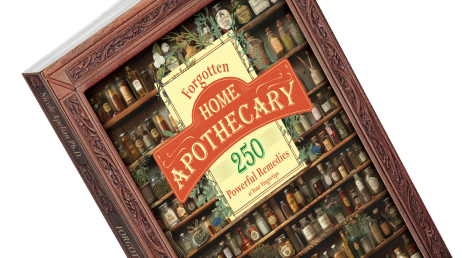






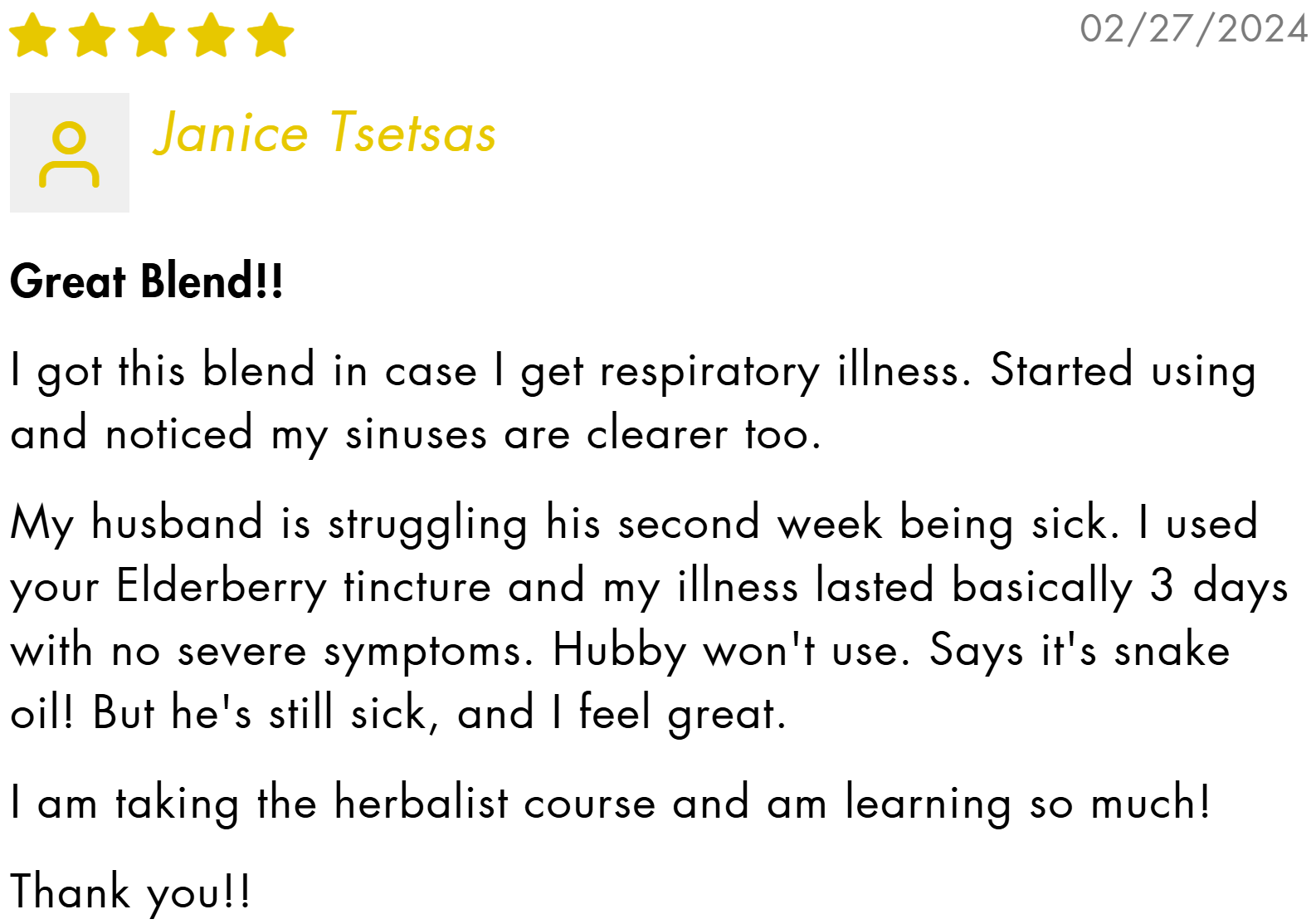
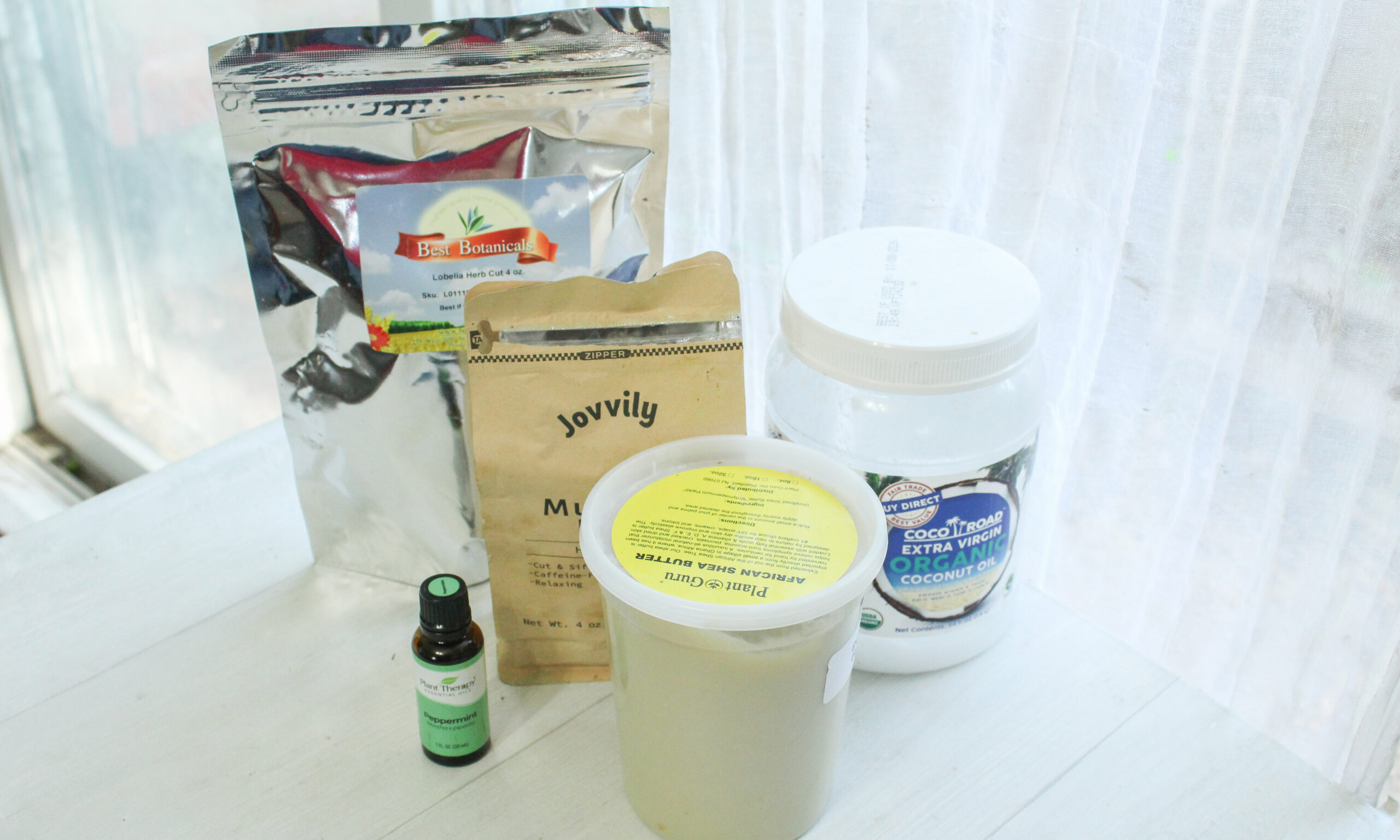
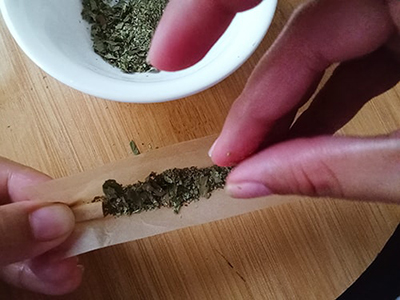

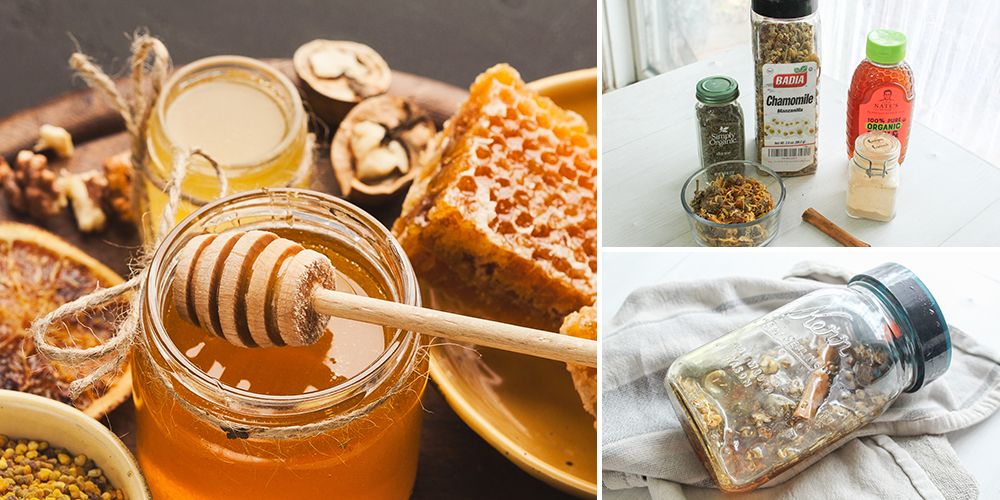
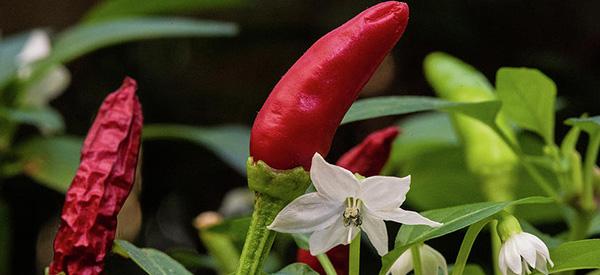
Hi, just wondering about the lobelia in the recipe. There is no mention of whether the amount is dried or fresh.
Hi Meg, great question!
The recipe calls for dried lobelia, since it’s easier to measure accurately and gives the balm a longer shelf life.
Fresh herbs can add too much moisture and may cause spoilage quicker.
Thanks for pointing it out! 🌿
Hello
I would like the book also but only if it’s a real book, not a download online book
Hello Elena!
You can get the physical book, shipped by mail, here.
Many Blessings and Good Health!
Lobeline isn’t the only substance people get wrong. Nicotine is mentioned in the article. Nicotine is not addictive and is very beneficial. It is the additives that are added to tobacco products that make them addictive. Eggplant contains a substantial amount of nicotine. Our bodies have nicotine receptors on cells, and nicotine has been used to treat and cure long Covid. Nicotine also helps treat specific cognitive impairments like dementia, Alzheimer’s disease and even psychosis, as well as many other ailments.
Hi Kathleen, thanks for chiming in, really thoughtful insight.
You’re absolutely right that pure nicotine works differently than the addictive cocktail in commercial cigarettes. It’s fascinating how this compound shows up in everything from eggplants to herbal remedies, and how it may support neurological health when used properly.
That said, the comparison in the article was mostly to highlight how lobeline acts on the same receptors, which can be helpful or risky depending on dose and sensitivity.
It’s a tricky compound, and like you said, context is everything.
I really appreciate you bringing in those extra layers to the discussion! 👏